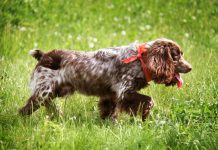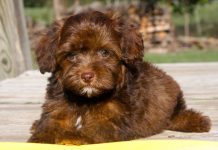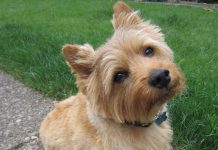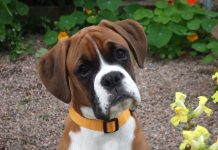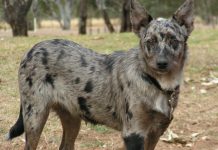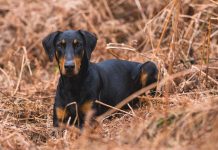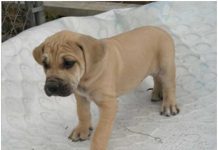Dogs have lived alongside humans for thousands of years, offering companionship, protection, and even spiritual symbolism.
While many modern breeds are relatively recent creations, several dog breeds trace their lineage back to antiquity.
These ancient dog breeds have adapted across centuries, climates, and civilizations, retaining traits that made them valuable to early societies.
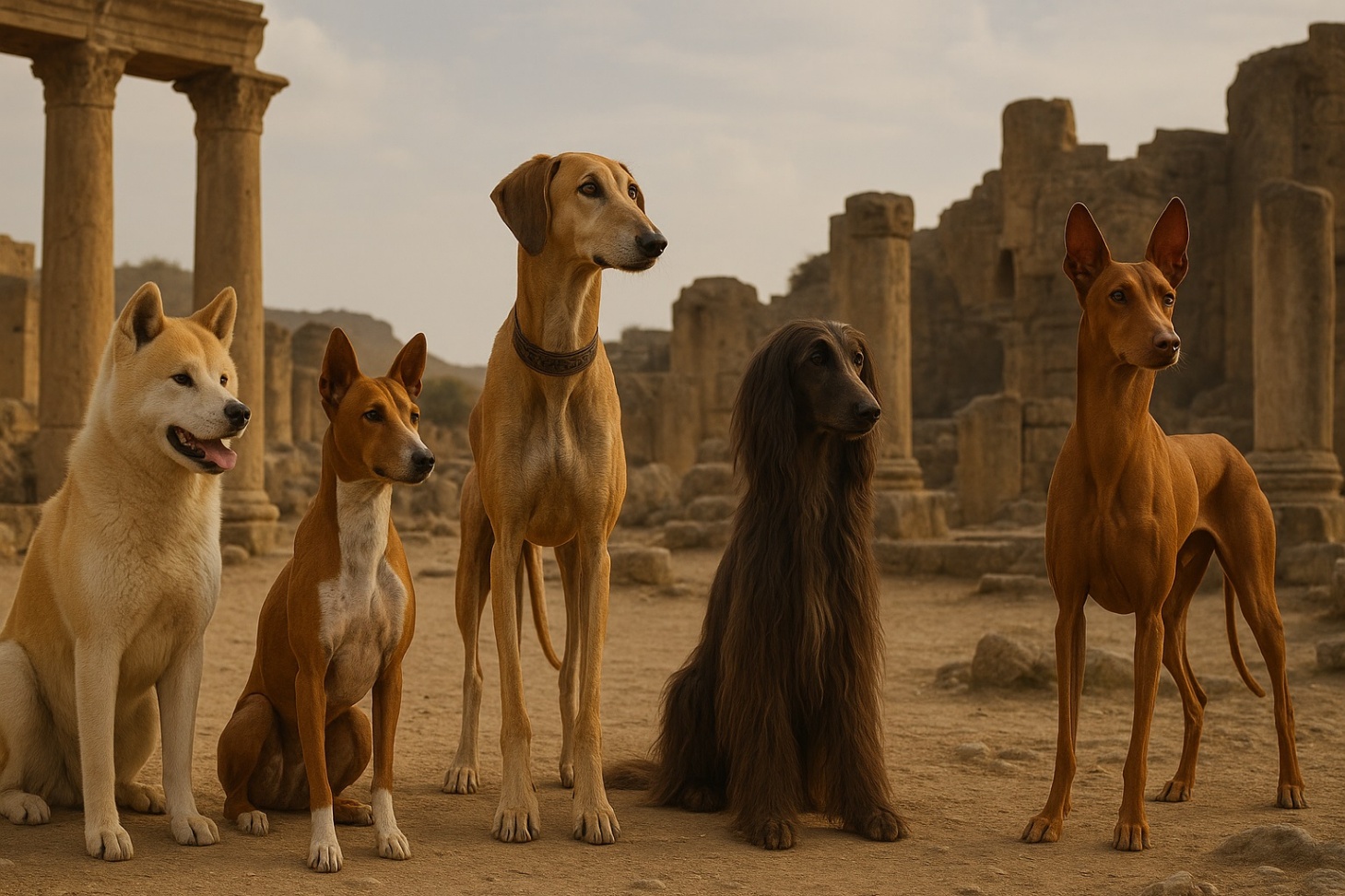
Why Study Ancient Dog Breeds?
Understanding ancient dog breeds provides a glimpse into the human past.
These dogs were bred for survival, hunting, guarding, and herding in ancient societies, long before kennel clubs or modern breeding standards existed.
Unlike designer breeds, their bloodlines have been maintained through function and necessity rather than fashion.
Studying them can reveal how humans domesticated animals, formed bonds with them, and relied on them in everyday life.
1. Saluki – The Royal Dog of Egypt
Often called the “Royal Dog of Egypt,” the Saluki is believed to be one of the oldest known domesticated dog breeds.
They have depictions found in Egyptian tombs dating back to 2100 BCE.
Key Characteristics:
- Graceful, slender, and built for speed
- Loyal but aloof temperament
- Excellent hunting and running ability
The Saluki was prized by Egyptian nobility and also revered in ancient Persia and Mesopotamia.
These dogs were used to hunt gazelles and hares, often working in partnership with falcons.
Even today, the Saluki is known for its incredible endurance and speed, similar to a greyhound but with a more refined and dignified bearing.
2. Basenji – The Barkless Dog of the Congo
The Basenji, often referred to as the “barkless dog,” originated in Central Africa, particularly in the Congo Basin.
Cave paintings from thousands of years ago depict dogs resembling the modern Basenji.
Key Characteristics:
- Small, short-haired, with a curled tail
- Produces a yodel-like sound known as a "baroo"
- Clean, cat-like behavior
Traditionally used for hunting and driving game into nets, the Basenji was also valued for its quiet demeanor, which allowed for stealth during hunts.
Genetic studies support its status as one of the most ancient domesticated dog breeds.
According to the American Kennel Club (AKC), the Basenji retains primitive behaviors and has a fiercely independent personality.
3. Afghan Hound – The Elegant Mountain Hunter
The Afghan Hound is a striking breed with a history that dates back thousands of years in the mountainous regions of Afghanistan.
There, it was used by nomadic tribes for hunting large game.
Key Characteristics:
- Long, flowing coat adapted for cold climates
- Regal posture with high intelligence
- Extremely fast and agile
Its elegance masks a tough and capable hunter. DNA studies published in Science confirm that the Afghan Hound is genetically close to early dog breeds.
Revered in Afghanistan, it was protected by tribes and considered sacred by some.
Its refined appearance and ancient lineage make it a living artifact of human-canine cooperation.
4. Tibetan Mastiff – The Guardian of the Himalayas
The Tibetan Mastiff is a legendary breed from the high Himalayas, used to guard monasteries, herds, and villages from wolves and leopards.
Key Characteristics:
- Large, powerful, and imposing
- Protective and loyal
- Thick double coat to withstand extreme cold
Mentioned in ancient Chinese texts and considered a progenitor of many modern mastiffs, the Tibetan Mastiff’s lineage is ancient and relatively unchanged.
Marco Polo described them as “tall as a donkey, with a voice as powerful as that of a lion.”
Their isolation in remote mountain regions helped preserve their genetic purity for centuries.
5. Akita Inu – The Samurai’s Companion
The Akita Inu, originating from northern Japan, has been around since at least the 1600s.
Their ancestry traces back even further through the Matagi hunting dogs used during Japan's Jōmon period (14,000–300 BCE).
Key Characteristics:
- Muscular build with a thick double coat
- Deeply loyal and dignified
- Originally used to hunt bears and boars
The Akita has long been associated with nobility and bravery in Japan. During the feudal era, only samurai were allowed to own them.
Hachikō, the loyal Akita who waited for his owner for years at Shibuya Station, is a national symbol of loyalty in Japan.
The breed’s ancient roots are confirmed by DNA evidence, and it remains one of the most cherished dogs in Japanese culture.
6. Chow Chow – The Lion-Dog of China
The Chow Chow is an ancient Chinese breed dating back over 2,000 years, possibly even earlier. It was used as a guard dog, sled dog, and hunting companion.
Key Characteristics:
- Distinctive blue-black tongue
- Dignified and aloof temperament
- Lion-like mane and dense fur
Artifacts from the Han Dynasty (206 BCE – 220 CE) show Chow-like dogs. Marco Polo, too, described Chinese dogs with similar characteristics during his travels.
The Chow’s unique physical traits, including the blue tongue and deep-set eyes, reflect its ancient and genetically unique heritage.
7. Shar Pei – The Wrinkled Sentinel
Another breed from China, the Shar Pei has been documented since at least 200 BCE, where it was bred to guard and protect rural villages.
Key Characteristics:
- Deep wrinkles and short, bristly coat
- Calm, independent temperament
- Blue-black tongue similar to the Chow Chow
Once nearly extinct in the 20th century, the Shar Pei was revived thanks to preservation efforts.
Ancient statues and documents describe a dog with features nearly identical to the modern breed, suggesting little change over millennia.
Their loose skin was believed to protect them in fights, allowing them to twist away from opponents.
8. Pharaoh Hound – The Symbol of Ancient Egypt
The Pharaoh Hound is often romantically linked to the dogs of ancient Egyptian pharaohs.
Modern genetic analysis places its origin with the Mediterranean island of Malta, where it is the national dog.
Key Characteristics:
- Sleek, muscular build
- Amber-colored eyes and a blush-like nose when excited
- Keen hunting instincts
While it may not descend directly from Egyptian dogs, the Pharaoh Hound bears a strong resemblance to Anubis-like depictions on ancient tomb walls.
It was likely brought to Malta by Phoenician traders and preserved in isolation for centuries.
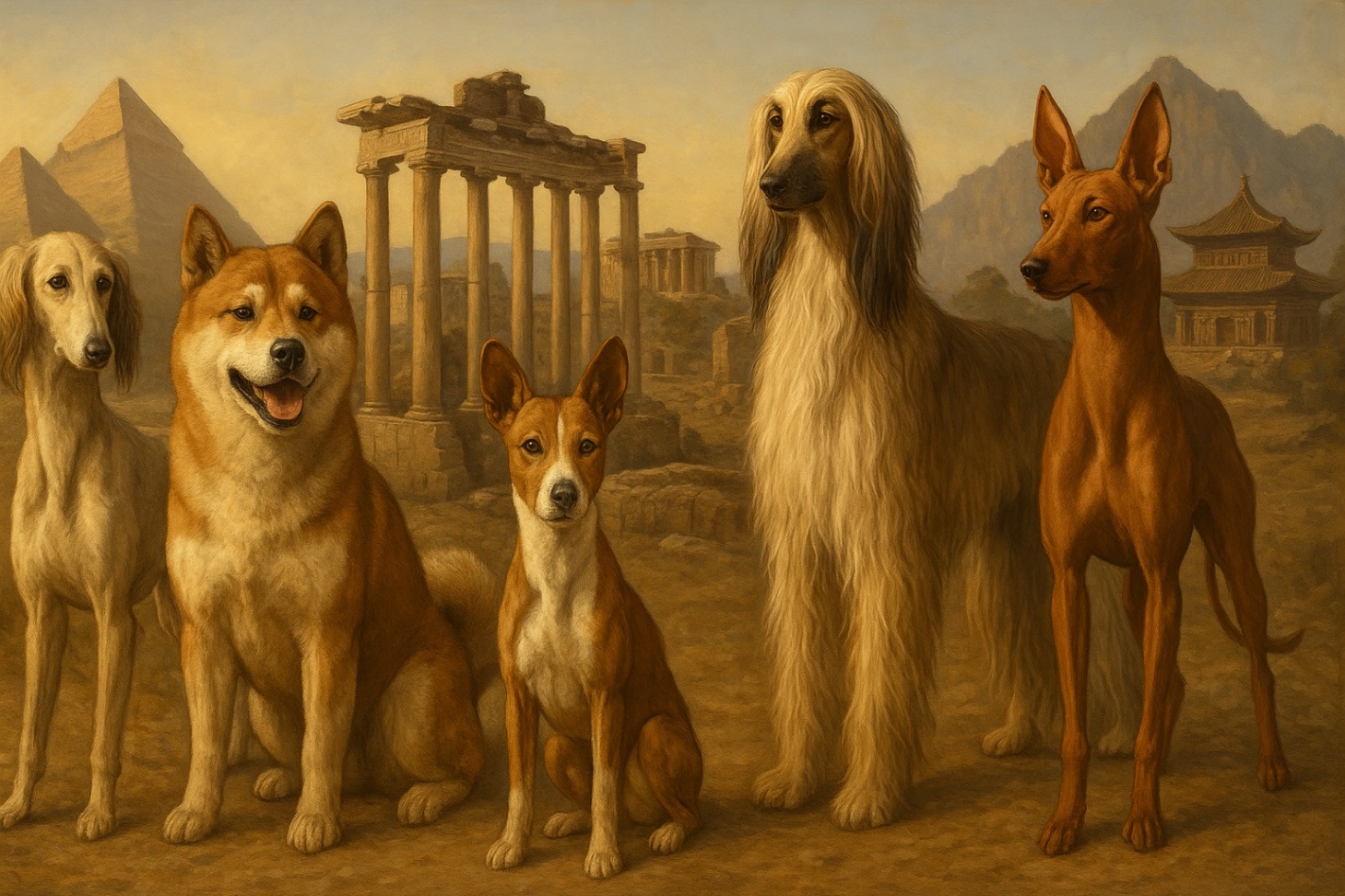
9. Shiba Inu – Japan’s Oldest Companion Dog
Smaller than the Akita but no less ancient, the Shiba Inu is thought to be one of the oldest native dog breeds of Japan, with roots going back to the Jōmon period.
Key Characteristics:
- Compact, agile, and alert
- Strong-willed and energetic
- Used for hunting small game
Archaeological finds suggest that dogs similar to the Shiba Inu have lived in Japan for over 9,000 years.
Shiba Inus were bred to survive rugged terrain and are known for their spirited and independent nature.
Despite their small size, they are courageous and fiercely loyal to their owners.
Conclusion
Ancient dog breeds are more than just pets; they are living witnesses of humanity’s shared past with the animal kingdom.
From the deserts of Egypt to the mountains of Tibet, these dogs have adapted to varied landscapes and lifestyles, serving as hunters, guardians, and companions.
Preserving their heritage is not just about breed purity, but about honoring the long and faithful history they share with humans.


